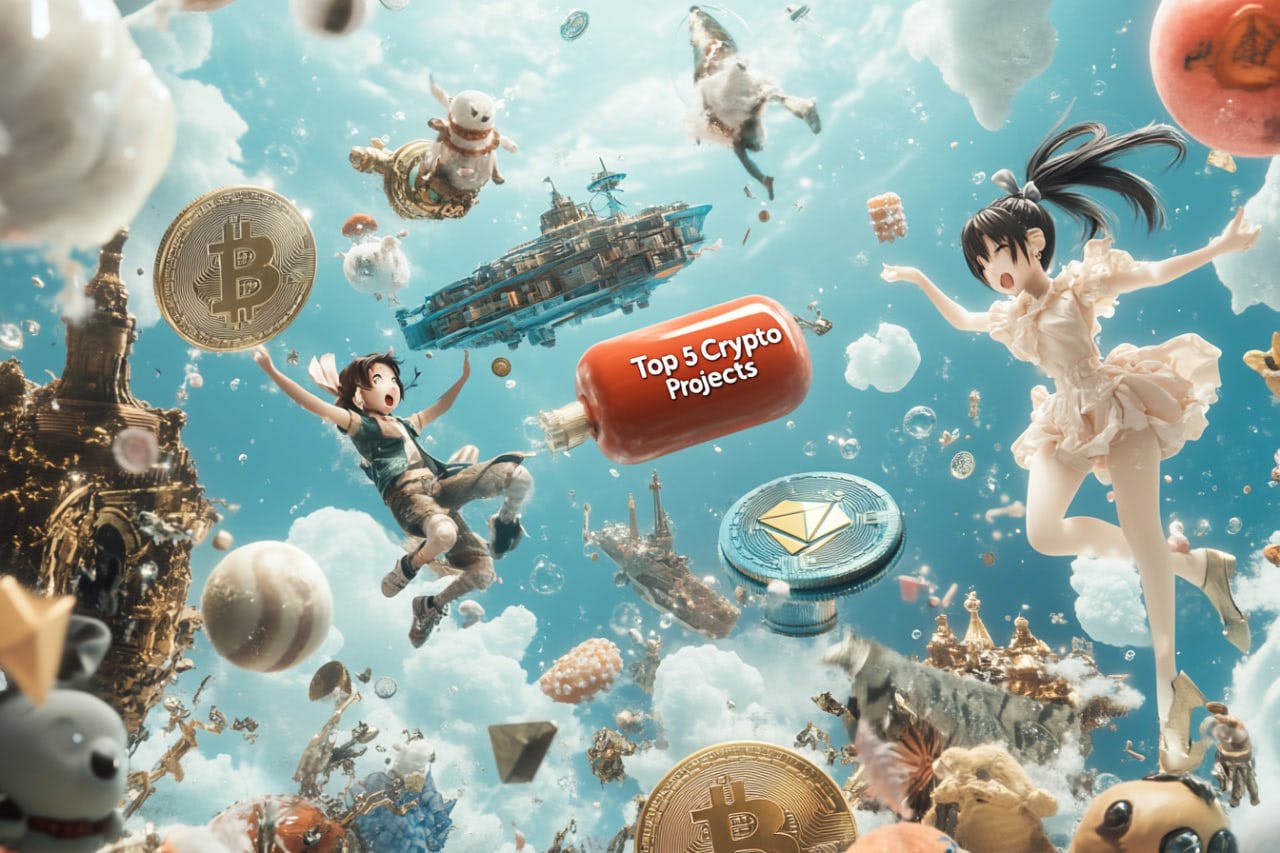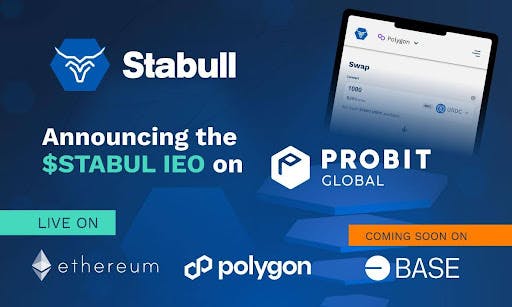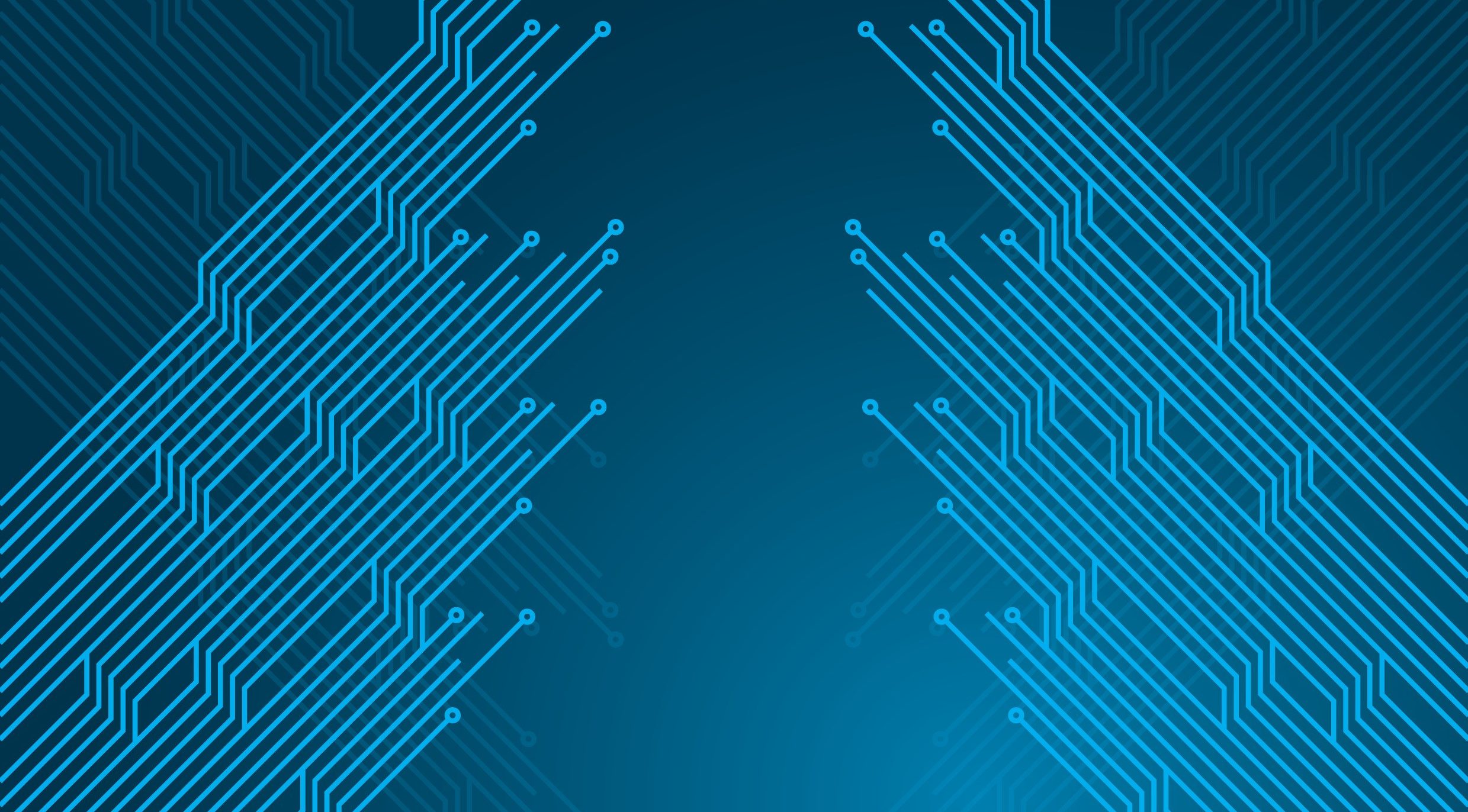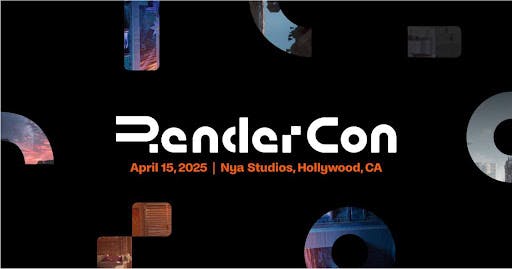The crypto industry is a fast-moving world where innovation never stands still, and 2024 was no exception. With Bitcoin returning to growth and reaching into $100K territory for the first time, the year will go down as one of the most pivotal in crypto history so far.
In the last year, we’ve witnessed regulatory breakthroughs like the creation of the first Bitcoin and Ethereum ETFs, a rapid increase in adoption, with crypto penetrating markets globally, and the embrace of none other than U.S. President Donald Trump.
The narrative around crypto has become much more complex, and though the likes of Bitcoin and Ethereum continue to dominate the price charts, there’s plenty of room for up-and-coming crypto projects to make their presence felt in 2025. So let’s take a look at some of the most promising ones to watch.
1. EOS: A Story Of Revival
EOS was considered to be dead in the water until its community takeover in 2022 injected new life into the project, and its revival is set to take on a life of its own this year, thanks to a progression of major updates. In September last year, EOS Network introduced a game changing update with the launch of Antelope Spring 1.0, based on a new consensus algorithm called Savanna that reduced transaction finality to less than a second. That upgrade makes EOS one of the fastest decentralized networks in the business, meaning faster transaction speeds, greater scalability and enhanced security to boot.
With those changes, dApps built on EOS can now process transactions in real-time with super-low fees, and it already hosts a vibrant ecosystem. Some of its biggest dApps include the metaverse game Upland, the fantasy game Wombat Dungeon Master, DeFi protocols such as Rhino.fi and AtomicAssets, and the high-speed DEX platform PRDT Finance, which are driving significant growth of its network.
Thanks to its scalable infrastructure and its efficient resource management powered by RAM, EOS is seeing a lot of renewed developer interest. By supporting innovative dApps that can scale to meet the highest expectations of growth, EOS is fast becoming one of the leading platforms for DeFi and GameFi innovation. What’s more, the project says there are key governance updates and partnerships on the horizon, which should help cement EOS’s status as one of the fastest-growing, up-and-coming networks around.
One of the fastest-growing metaverse games over the last year, My Neighbor Alice provides an enthralling virtual world experience that introduces newcomers to the basic concepts of blockchain and Web3 through gameplay. In the game, users start with a plot of virtual land and take on the role of a farmer, and they’ll keep themselves busy by raising bees, growing crops and slowly developing their real estate, adding houses, lakes, animals and plants.
The gameplay is extensive. Beyond farming, it entails character development, building, constructing new items, fulfilling daily missions and trading land. There’s a social aspect too, with players able to get to know and cooperate with their neighbors. It’s a fun narrative that caters to different playing styles. Those who want to play can do so, while those who want to explore its virtual ecosystem can potentially create a viable in-game business.
All of the assets within My Neighbor Alice, such as land, buildings, items and so on, are represented by NFTs, and by playing, players will slowly get to know the ins and outs of how these digital tokens work. The game also boasts a number of DeFi features, so users can “stake” their ALICE tokens to earn interest, start lending or borrowing, and more besides.
ALICE is a digital token that serves as the game’s main currency, used to buy and sell assets and unlock access to exclusive content such as quests. It’s based on a sound tokenomics structure, where transaction fees are returned to the game via a rewards pool, so players can earn money from completing various tasks.
My Neighbor Alice is currently airdropping 25K ALICE tokens to reward its existing player base and encourage new ones to join, and it has plans to introduce lots of new features like one-click onboarding and additional gaming campaigns in the months to come, setting it up for rapid growth in the year ahead.
3. Chainlink: Connecting Blockchain To Reality
By far and away the biggest decentralized oracle network in the industry, Chainlink is set for a big year as interoperability between blockchains becomes more important than ever for a growing range of crypto projects. Chainlink is a middleware protocol that enables closed blockchain ecosystems to connect with external data sources, enabling blockchain-based dApps to interact with real-world data. It’s built on a foundation of independent, decentralized data feeds known as oracles, which are incentivized with LINK tokens to provide real-world data and make it available to the network.
Besides bringing real-world data to blockchains, it also supports data being streamed the other way, from blockchains to traditional applications. Its oracles retrieve data from multiple sources, then aggregate and deliver that information as a validated data point. It’s then fed to smart contracts that, in turn, feed the data to connected blockchains.
Chainlink enables dApps to compute both on- and off-chain data, and thanks to this it has become an essential service for more sophisticated applications. For instance, DeFi dApps can access the prices of real-world assets such as stocks and shares, blockchain-based supply chain systems can tap into information from physical sensors, and casino games can access the latest sports results, for instance.
More recently, Chainlink has turned its hand to blockchain interoperability with the launch of its Cross-Chain Interoperability Protocol (CCIP), which supports the seamless and trustless exchange of information across decentralized networks like Ethereum and Solana. This means Chainlink can serve multichain applications, paving the way for a Web3 universe where services no longer live in isolation. With CCIP, Chainlink is positioned to become a pivotal player in Web3’s future growth.
4. Somnia: Redefining Web3 Gaming
Somnia is building the blockchain for the metaverse, with a set of omnichain protocols that promise to connect disparate virtual worlds into a more unified society. At present, the metaverse landscape is fragmented, with each one living in total isolation but Somnia believes its super-fast Layer-1 blockchain, capable of supporting up to 400,000 transactions, will change this status quo. An EVM-compatible network, it’s able to process transactions with sub-second finality, while streamlining interoperability. It provides a protocol that will connect virtual worlds and enable the seamless transfer of assets between them.
One of the standout features of Somnia’s protocols is that they enable NFTs to be upgraded and rendered as interoperable 3D objects in any metaverse. In addition, it has been optimized to host online games that can react instantly to on- and off-chain data, without the need for intermediaries. This lays the foundation for more reactive games, where players can be rewarded for completing quests or trigger in-game features linked to real-world events.
Somnia is building a platform for powerful, AAA-style games with immersive graphics and expansive virtual worlds that can support multichain economies and it’s extremely ambitious. With the recent announcement of its $10 million grant program to fund game development, developers can access the financial resources they need to bring their gaming ideas to life on the Somnia blockchain.
In addition, Somnia recently announced a key partnership with EMERGE Group, a Singapore-based entity that’s one of the leading players in the eSports industry and Southeast Asian gaming community. It has a strong track record of bringing together developers and brands to create innovative gaming projects, and will task itself with identifying top-tier games that can be integrated into the Somnia ecosystem.
5. Polygon: Scaling Ethereum To Unseen Heights
Few networks look better poised for growth than Polygon, which supports a series of protocols that were originally developed to tackle Ethereum’s scaling challenges. Polygon does this by processing transactions on an alternative, faster, EVM-compatible network before finalizing them on Ethereum after they’ve been processed. In this way, it reduces the load on Ethereum, meaning faster, real-time transactions and lower costs.
Because Polygon is EVM-compatible, it provides the perfect playground for Ethereum dApp developers, who can get started building or bring their existing applications onto its network and immediately enjoy these benefits. The introduction of Polygon zkEVM in 2023 was a game-changer for the project and has firmly solidified its status as one of the leading Ethereum scaling networks. Polygon zkEVM is a new network that integrates zero-knowledge proof rollups into the Ethereum Virtual Machine environment on the Polygon network. It enables even more transactions to be bundled up and processed off-chain, at faster speeds, and with full anonymity if required, before processing them as a single, giant transaction on Ethereum.
The result of Polygon zkEVM is a dramatic increase in network throughput. It can now process thousands of transactions at sub-second speeds and publish them all as a single proof, splitting the gas fees of one transaction across all of them to ensure super-low, almost non-existent transaction costs. Because Polygon zkEVM maintains compatibility with EVM, it means any Ethereum dApp can be ported to this scalable environment without making any changes to the underlying code.
Polygon zkEVM has demonstrated impressive growth since its launch, and with new updates expected to be completed later this year, such as support for sharding, it will only get even faster and more scalable. The synergy of these developments and the rapid momentum behind the project means Polygon will play a critical role in supporting Ethereum’s growing ecosystem for the foreseeable future.
Final Thoughts
The crypto market is gearing up to explode in 2025 and it’s rapidly transforming into a world of opportunity for developers, investors and believers in the future of decentralized money and Web3.
Predicting which projects will take off this year is a tough challenge, as there are hundreds of different competitors in every segment of the crypto and Web3 industries, but the above projects all standout as fine showcases of blockchain-based innovation and scalability. The likes of EOS, My Neighbor Alice, Chainlink, Somnia and Polygon have everything in place to accelerate the adoption of blockchain, and each one will have a big say in how the future of the industry takes shape.
Don’t forget to like and share the story!
Vested Interest Disclosure: This author is an independent contributor publishing via our










